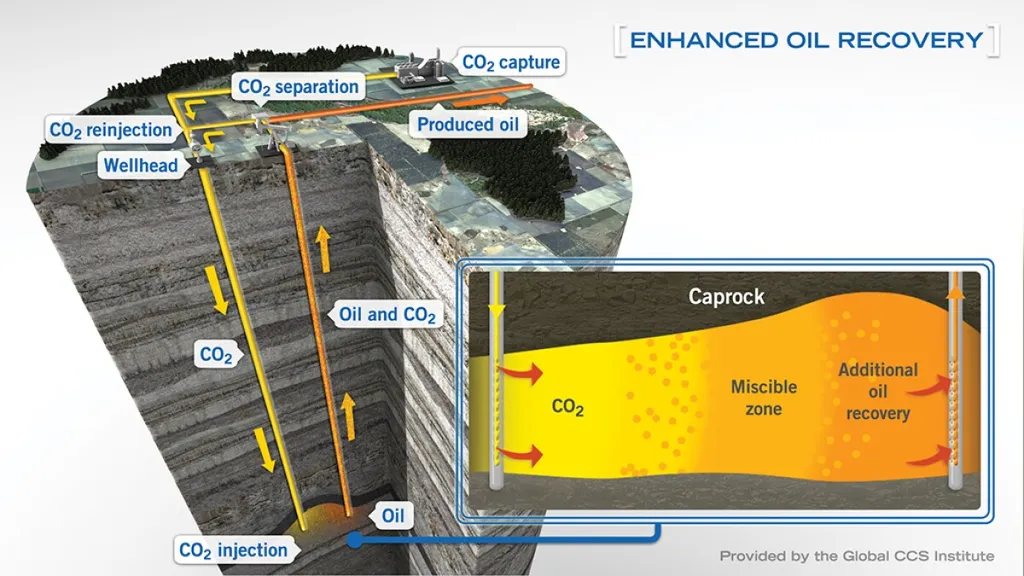In the quest to achieve carbon neutrality, researchers have turned their attention to the northeastern Ordos Basin, a region heavily reliant on coal-fueled electricity and chemical industries. A recent study published in *Geology of China* offers a promising avenue for carbon dioxide (CO2) storage, potentially reshaping the energy sector’s approach to emissions management.
The study, led by Yan Li of Guoneng Jinjie Energy Co., Ltd., focuses on the saline aquifers within the fifth member of the Shiqianfeng Formation, known as the Qian-5 member. By analyzing data from over 200 wells, Li and his team have mapped out the potential of these saline aquifers to store CO2, a critical step in planning future geological storage projects.
“The reservoirs of saline aquifers in the Qian-5 member, which comprise distributary channel sand bodies of deltaic plains, feature low porosities and permeabilities,” Li explained. Despite these challenges, the study identified three distinct saline aquifer zones, each with significant potential for CO2 storage.
The findings are substantial. The saline aquifers of the Qian-5 member boast a total technical control capacity of 119.25 million tons of CO2. Among the identified zones, the Jinjie-Yulin saline aquifer zone stands out, accounting for 61% of the total capacity. This makes it a prime candidate for future CO2 storage projects.
The implications for the energy sector are profound. As industries grapple with the need to reduce emissions, the ability to store CO2 in saline aquifers offers a viable solution. “This study provides a critical basis for subsequent geological storage projects,” Li noted, highlighting the practical applications of the research.
The study’s findings could influence policy and investment decisions, guiding the energy sector towards more sustainable practices. By leveraging the potential of saline aquifers, companies can mitigate their environmental impact while continuing to meet energy demands.
As the world moves towards carbon neutrality, research like this is invaluable. It not only advances our understanding of CO2 storage but also opens up new possibilities for the energy sector. With the detailed analysis provided by Li and his team, the path to a greener future seems a little clearer.

